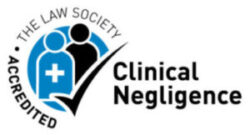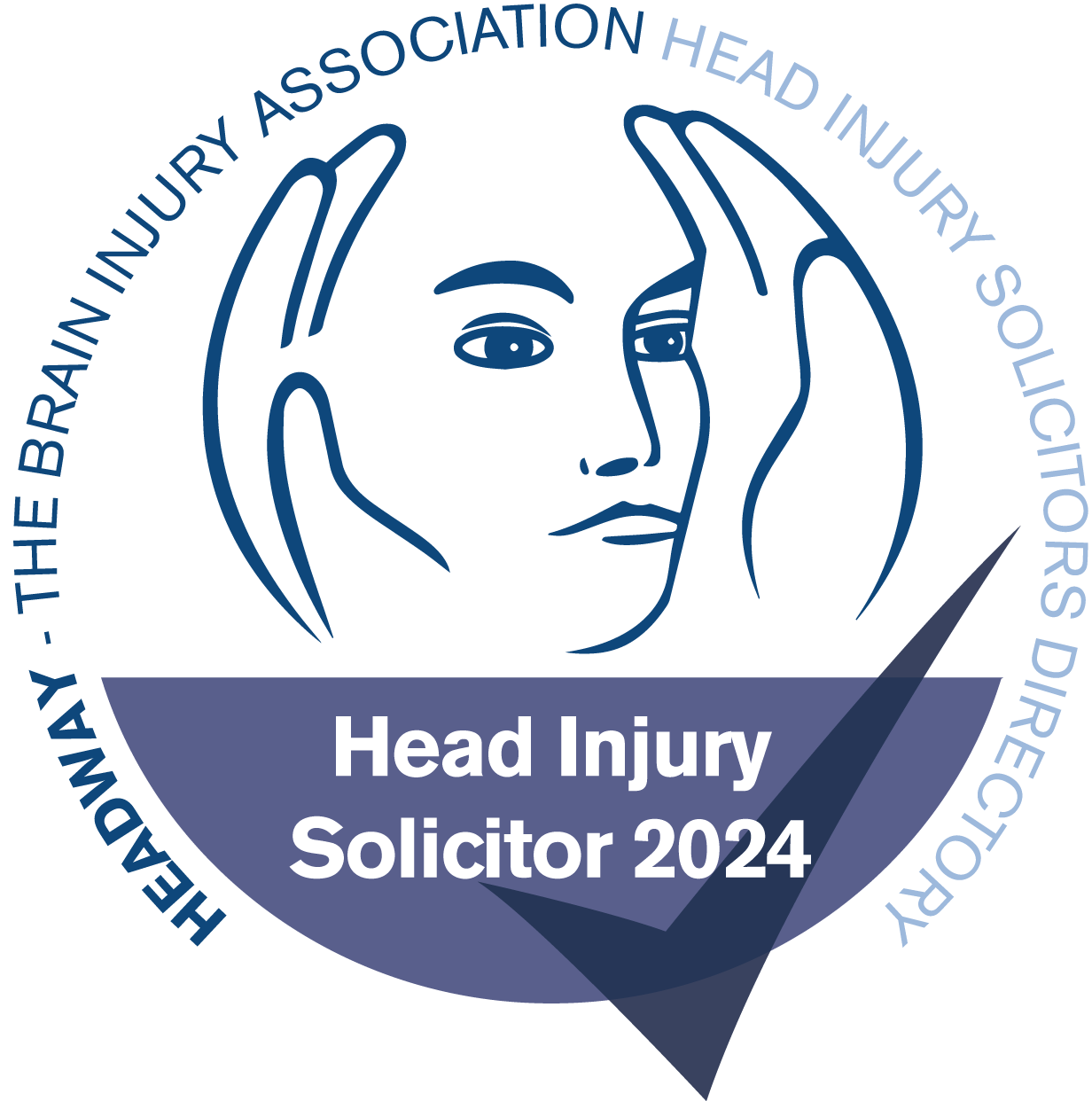Official statistics released by NHS England reveal that the NHS has missed its four hour A&E waiting time target by the greatest margin since waiting time targets were introduced back in 2004.
On average, Accident & Emergency Departments across England successfully dealt with only 91.8% of patients in the guideline four hour time-frame between January and March of this year. This is significantly below the government set target of 95%. This is the worst performance recorded by the NHS in over 10 years and comes amid rising concern among the public and many politicians that the country’s health service is becoming increasingly over-stretched. Against a figure of nearly 5.4m recorded patient visits to A&E in January to March, it means approximately 440,000 patients were not seen by a medical professional and treated or referred within the four hour time-frame.
This latest failure to hit the waiting time target means that on average, NHS Trusts failed to achieve the 95% target for the entire 2014-2015 period, seeing and dealing with only 93.6% of patients within the four-hour time frame.
What is the four hour waiting time target?
The target was introduced in 2004 to measure the performance of the NHS in seeing and treating Accident & Emergency patients promptly. The guideline stipulates that 95% of patients visiting A&E departments should be seen and either treated, discharged or referred for further treatment within four hours of their recorded arrival.
When it was originally introduced the target was actually set at 98%. It was reduced to 95% in 2010 following advice from doctors who claimed pressure to hit the target was distorting decision-making.
Whilst the target has been reduced, the lower target of 95% is still controversial, with many medical professionals and campaign groups arguing it has become a focus amongst front-line staff and management, to the detriment of overall service quality. Only recently, the Nuffield Trust has argued a wider data set should be used when considering the performance of NHS Trusts in dealing with patients admitted to A&E. The Trust argues that the ‘fixation’ with waiting times actually causes bottlenecks in other areas, such as waits for beds and delaying of ambulances, negatively affecting overall service and care quality.
Commenting on these most recent statistics, Dominic Graham, Clinical Negligence Solicitor at Blackwater Law, said:
“Time is widely accepted as being a critical factor when diagnosing and treating many health related problems. Prompt treatment is particularly important when a patient has been admitted to hospital following a serious accident or having suffered the sudden onset of illness.
“Delay in diagnosing a condition, in treating the injury or illness, or in referring the patient to a see a specialist can impact greatly on the likely effectiveness of any condition and have grave implications for the patient’s health and well-being. It is important that our NHS is properly supported by all. It is too important.”
Where a patient has suffered unnecessary delays and this has had implications on the patient’s condition and health, this may be considered clinical negligence on the part of the health care provider and the patient may be entitled to clinical negligence compensation. In such circumstances, patients are advised to contact a specialist clinical negligence solicitor, such as those in the team at Blackwater Law, who can advise them on making no-win no-fee claim for compensation.





